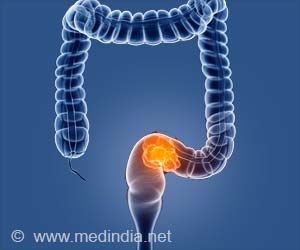The first robot-assisted radical neck dissection using bilateral axillo-breast approach (BABA) has been completed successfully at Mount Sinai Beth Israel.
- The first robot-assisted surgery using bilateral axillo-breast approach (BABA) has been done successfully.
- The surgery involved the removal of cancerous lymph nodes from one side of the neck.
- This surgery enables a hidden scar procedure.
This patient was diagnosed with thyroid cancer over a year ago and underwent a conventional thyroid surgery through the neck, but her cancer spread to the lymph nodes, requiring more extensive surgery. In an effort to avoid a significant neck scar, she opted for BABA.
The bilateral axillo-breast approach (BABA) technique The BABA technique entails the surgeon making two incisions along each areola and two incisions in the skin creases of the armpit. Robotic instruments, including an endoscope (a medical device with a light and camera) are then inserted into the incisions.
Once a working space within the neck area is created, Dr. Suh preserves the critical structures before removing the diseased lymph nodes or thyroid gland. This minimally-invasive procedure leaves a hidden scar compared to the conventional approach where the surgeon makes an incision on the neck.
"This is the ideal procedure for patients who want to avoid a visible neck scar and maintain confidentiality," says Dr. Suh. "Following surgery, most patients can return home the same day."
Dr. Suh says the use of the robotic platform provides excellent visualization of anatomic structures, and the robotic instruments allow for maneuvers that are safer and more accurate. He’s performed 40 robotic thyroidectomies at Mount Sinai Beth Israel. Dr. Suh studied the BABA approach at Seoul National University Hospital in South Korea where it was developed.
"Surgical innovations must entail safe and sound outcomes as well as added benefits to the patients. Robotic thyroidectomy is yet an FDA off-labelled procedure in the US, but through ongoing advancement and proper implementation, BABA technique will have great impact in the field of thyroid surgery," says Dr. Suh.
Reference:
-
Surgeons remove cancerous lymph nodes through hidden scar procedure - (http://www.liebertpub.com/)
Source-Eurekalert










